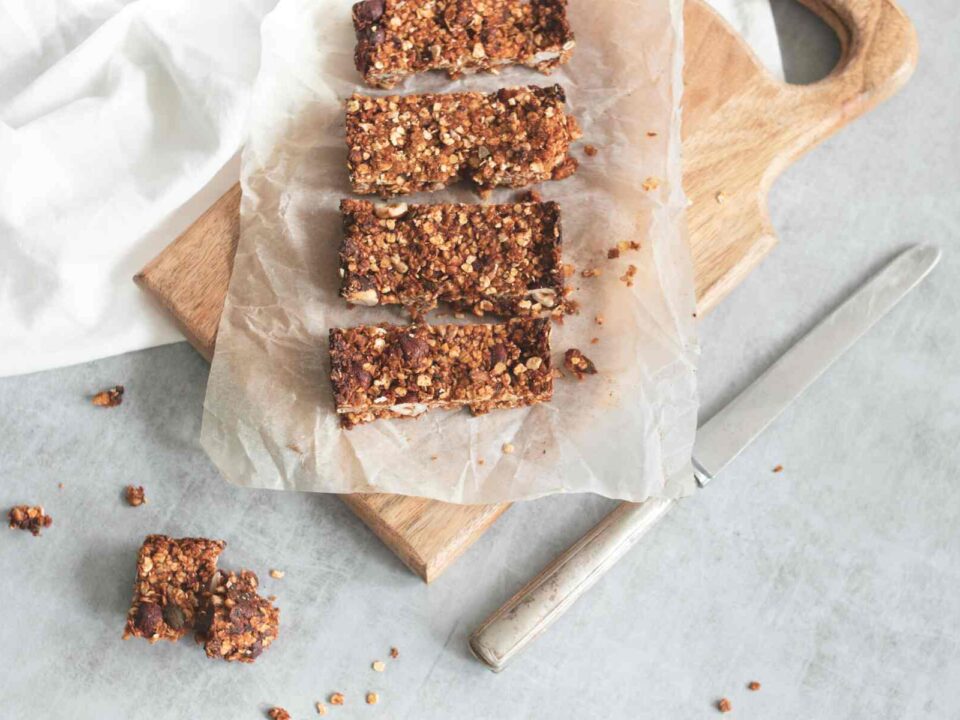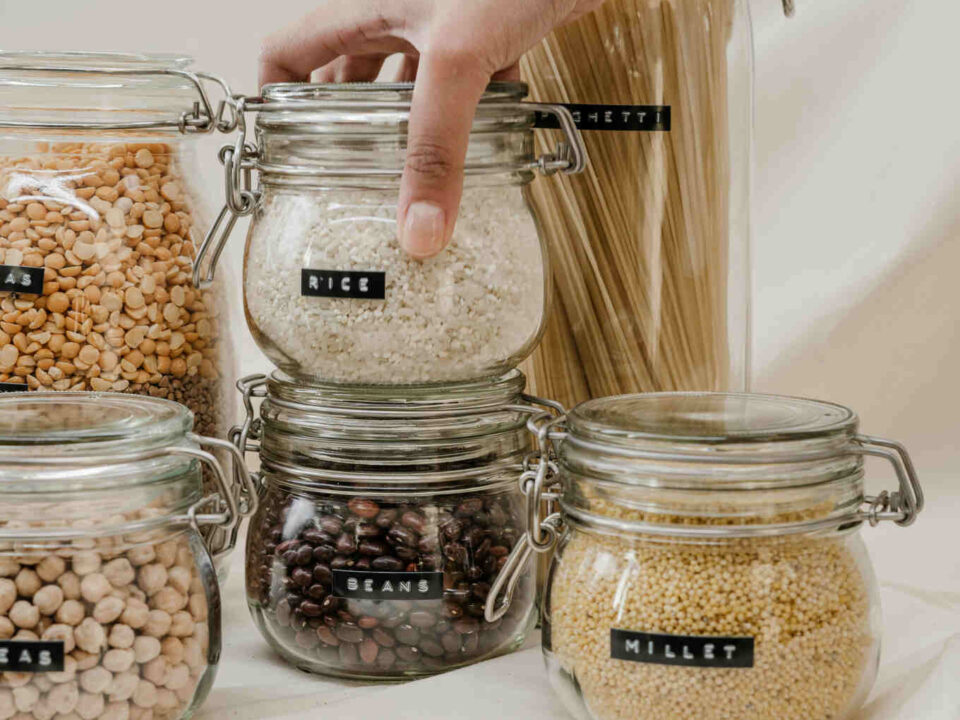
Easy No-Bake Baking Recipes: Oven-Free Delights for Any Occasion
October 29, 2025Why Your Stainless Steel Thermos Changes the Taste of Your Coffee
Coffee enthusiasts often notice subtle differences when drinking from a thermos compared to a cup. Why your stainless steel thermos can influence flavour comes down to temperature, residual oils, and sensory perception. Understanding these factors can help you enjoy coffee that tastes closer to freshly brewed.
Temperature Retention and Flavour Shift
One reason coffee tastes different in a thermos is heat preservation. Stainless steel keeps drinks hot for hours, which slows oxidation but also intensifies certain compounds. Prolonged heat can make acidic notes sharper and some bitters more pronounced. While this isn't a chemical reaction with the steel itself, it changes how your taste buds perceive the coffee.
Residual Oils and Odors
Even when cleaned, tiny amounts of coffee oils can cling to the inner walls. Over time, these residues can mix with fresh coffee, slightly altering aroma and taste. Regular, thorough cleaning with baking soda or mild detergent helps minimize this effect. This explains why your stainless steel thermos might occasionally give coffee a "stale" or slightly metallic edge.
Lid Design and Aroma Concentration
A thermos lid creates a confined space for aroma. A narrow spout can trap scents, changing the coffee's perceived flavour. Drinking from a thermos may highlight certain notes while muting others compared to an open cup. This sensory effect, combined with temperature retention, accounts for most of the taste differences experienced by thermos users.
Perception vs. Reality
Finally, some flavour changes are psychological. Knowing the coffee is in a thermos may affect how you expect it to taste. Aroma, heat, and mouthfeel interact with perception, subtly altering the experience without changing the brew itself.
Most of the time, the steel itself isn't changing the coffee. The flavour differences come from heat, trapped aromas, and leftover oils. Knowing this helps explain why your coffee can taste a bit different from a fresh cup.




